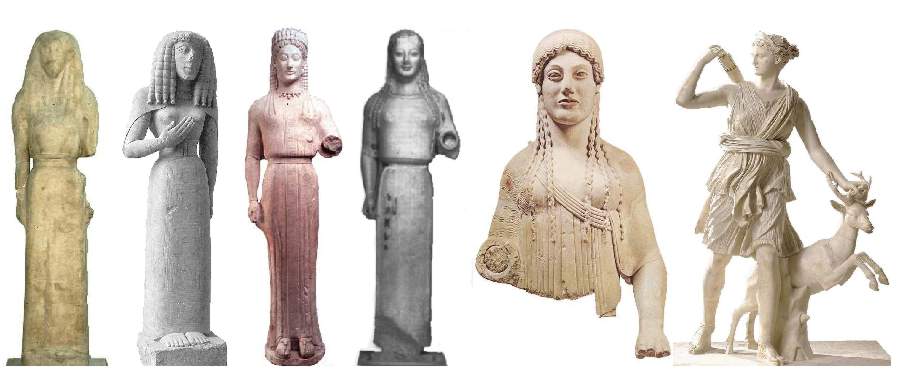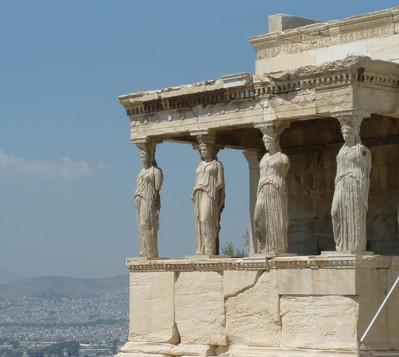Looking back on the art of the last 4,000 years that we have just explored and, if it can truly be considered an asset to humanity, how was it ever considered discretionary and, if ever, disposable?
Part 1:
Summary:4,000 years of artwork is a lot to choose from.
Reason:I believe The reason This question would be asked is to interpret the question itself and understand both sides of it.
Purpose: The purpose of having to explore this essay question, is to also explore not just the art, but the different time periods that the works represent, and their significance in relation to one another.
Direction:I Looked both ways before crossing the road. There are always two sides to a story, and each rendition is only as clear as the artist creates it to be.
Impressions:I am blown away at the depth of thought I was reaching while answering this question.
Part 2:
I believe that art is as necessary to humanity as oxygen – not discretionary in the least. Most certainly it cannot be disposable either, but during wartime; supplies are supplies and your enemies are your enemies regardless of the art involved. From the Burned library in Alexandria to the battered Greek and Roman buildings, it is a great pity that such priceless knowledge and beauty were lost, "disposed of." We often tend to think of art as discretionary or unsubstantial because our most immediate needs are fulfilled not by art but by work. Yet, art is not discretionary, because without artful expression (which includes the activities we call “play”), life would consist only of work and other obligations, and a life void of art seems like something I could not endure. In addition to this insight, it is also true that art is one of the forms taken on by human communication; our ability to express ideas would be severely impeded without art, and in fact it is reasonable to assert that creatures with ability to communicate cannot be without art – because when we must communicate ideas that are too complex to be codified into language, we express through the various forms of art.
I feel art is more crucial than work in a human life, because I could live without working but I could not live without art. However, Working is imperative in order to sustain and maintain my life. When I work long hours, it is impossible not to notice the important role art plays in my day. Advertising, Entertainment, architecture, car design, Landscaping, Interior design and the list continues of everyday things that incorperate art into the equation. I can wait a long time if I know my work day will end and leave me free to express myself through music or other forms of art.The moments we live for are the moments of creativity and spontaneity – joking with friends as we play with language, expressing ourselves through dance or music, trying to raise our children with artful finesse and creativity. When I think of both my work and my art, I have to admit that art is an ever-present part of daily life.
In its many forms, artful expression is the creative act that gives rise to life itself, according to the creationists. Blogger Roland Chia points out that God's artful expression in His/Her act of creative expression is reflected in every church service and every gathering where works of art are linked to spirituality. He also points out that anthropologists have found art to exist in every human society that has been studied.
Moreover, art is a means of communication, just like writing. The innovation of human language, especially written language, is what distinguishes us from the other creatures on this planet. Art is what we use when we want to express ideas that represent things deeper than words can go. A Fine example of this would be the sculpture of St. Teresa in Ecstasy by Bernini.
(Church of Santa Maria della Vittoria in Rome.)
When an idea is too abstract or profound to be captured by conventional language, we need to use art. Therefore, it is reasonable to argue that art is as important as any other means of communication, and perhaps even more important. Musician and writer Ricardo Morales explains it this way: “Like it or not, we are part of society’s process of dreaming, thinking, and speaking to itself, reflecting on our past and finding new ways forward” (6). In light of that insight, it is easy to understand the role played by art in human communication.
So, the notion that art is crucial to human life can be supported multiple ways. Not only is it an Emotional outlet, but also has the importance of reflecting the ideals,cultural influences,and economical power and advances of the era in which it was created. After the First crusade, it was apparent that an Islamic Influence was conceived and incorporated in art and architecture. (Art History Fourth Edition, Volume 1; Page 15.)
(Trumeau of the south portal, Priory Church of Saint-Pierre, Moissac, France c. 1115 - 30.)
Necessity is the heart of invention, so the need to express the images in our head, and even to keep warm can be met artistically. With art, Stories are crafted,told "in a way that is clear and compelling for the audience addressed."(Art History,Page 477.)
Works Cited
Chia, Roland. Christians Must Reflect on Meaning, Purpose of the Arts in Human Life. 2011. Retrieved Dec 19, 2011 from: http://sg.christianpost.com/dbase/editorial/700/section/1.htm
Morales. The Importance of Being Artist. 1990. Retrieved Dec 20, 2011 from: http://ultracartcfs.s3.amazonaws.com/RLMA/15496/pdf/TheImportanceOfBeingArtist.pdf
Photo Credits:
St. Theresa In ecstasy ; (commonwealmagazine.org)
Trumeau of the south portal; (teachers.sduhsd.net)













